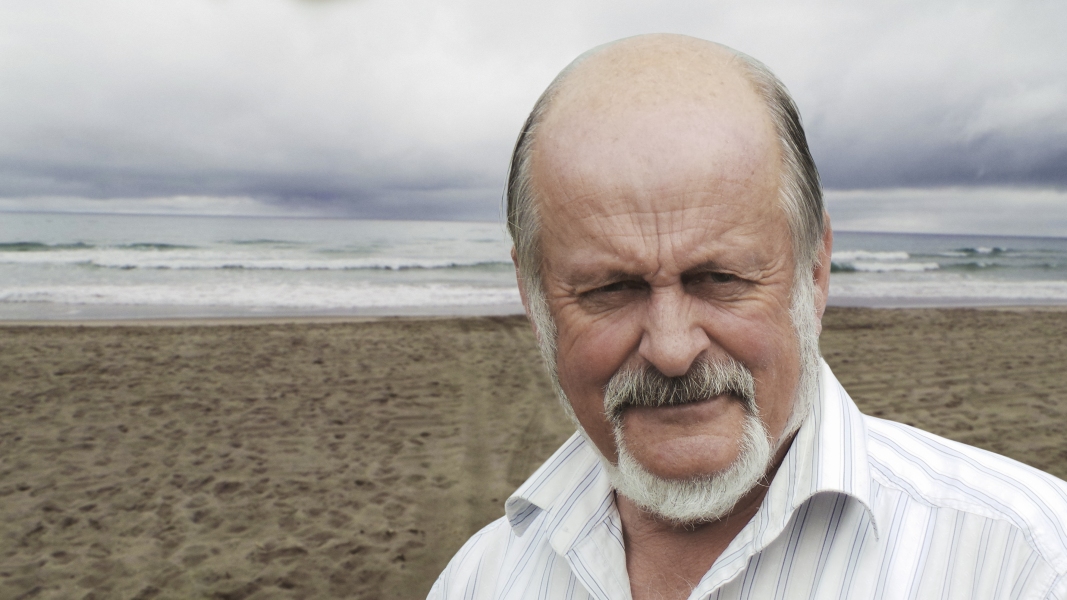The source of giant waves that broke on the beaches of Papamoa last November left residents and scientists scratching their heads. The mystery was solved by NIWA scientist Rob Bell who said that the description fits a rare type of tsunami called a ‘meteo-tsunami’.
Bell said that they were effectively a tsunami caused by weather as opposed to something like an earthquake.
“They’re generally caused by rapid changes in air pressure, in this case a fast moving squall-line, which affected the sea below it and caused long-waves.”
Fisherman Grahame Lindsey, who was nearly taken out by the freak wave, said that the whole sea appeared to be moving towards him.
“It came up to nearly the high water mark,” says Grahame. “It was low tide, it was about half past five and it brought the Kontiki in and laid the lines up the beach. It came in; it wasn’t just a wave – it was like a tsunami.”
Bell said the most likely cause of the Papamoa meteo-tsunami was large swells off to the northeast of Papamoa caused by a low-pressure system.

